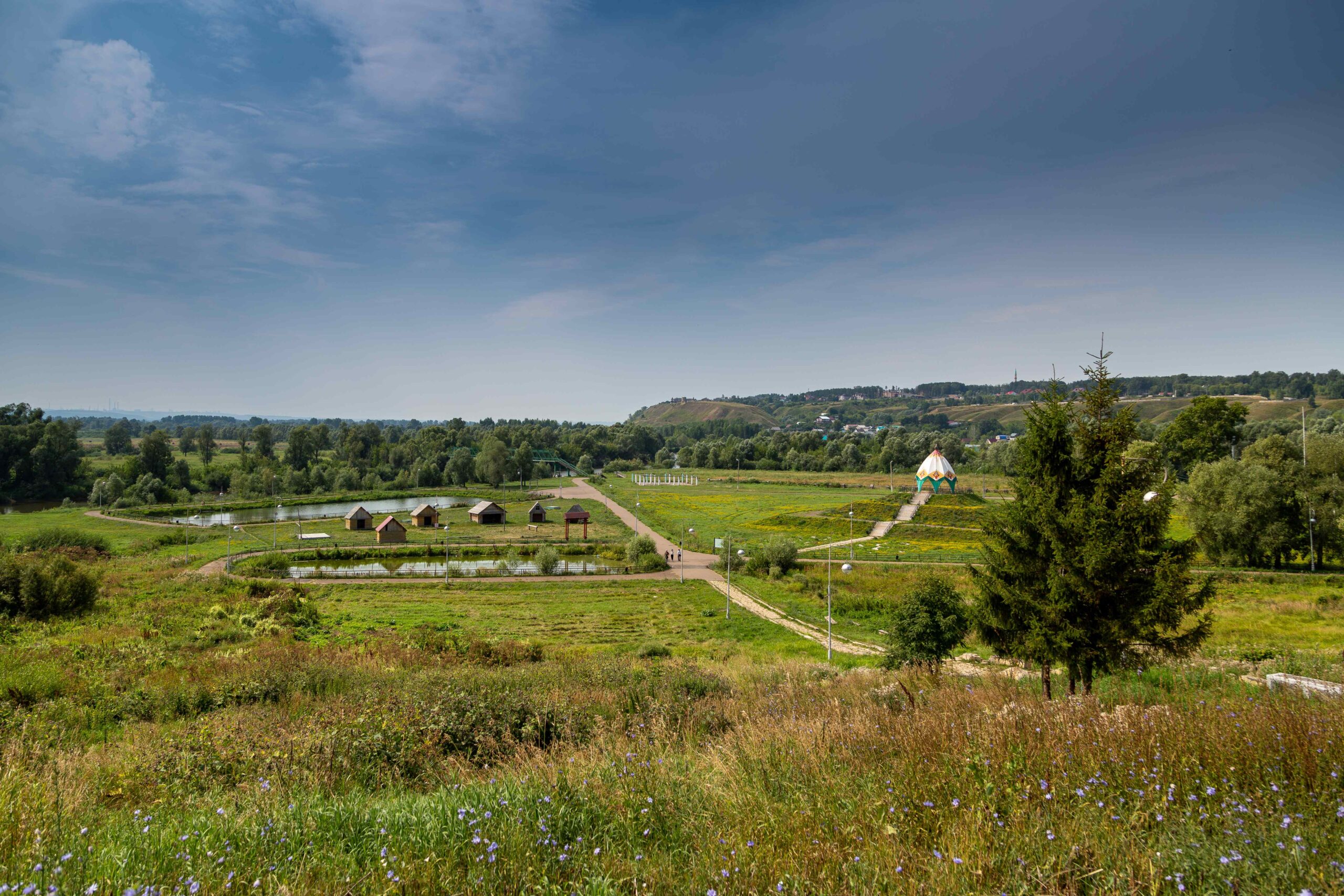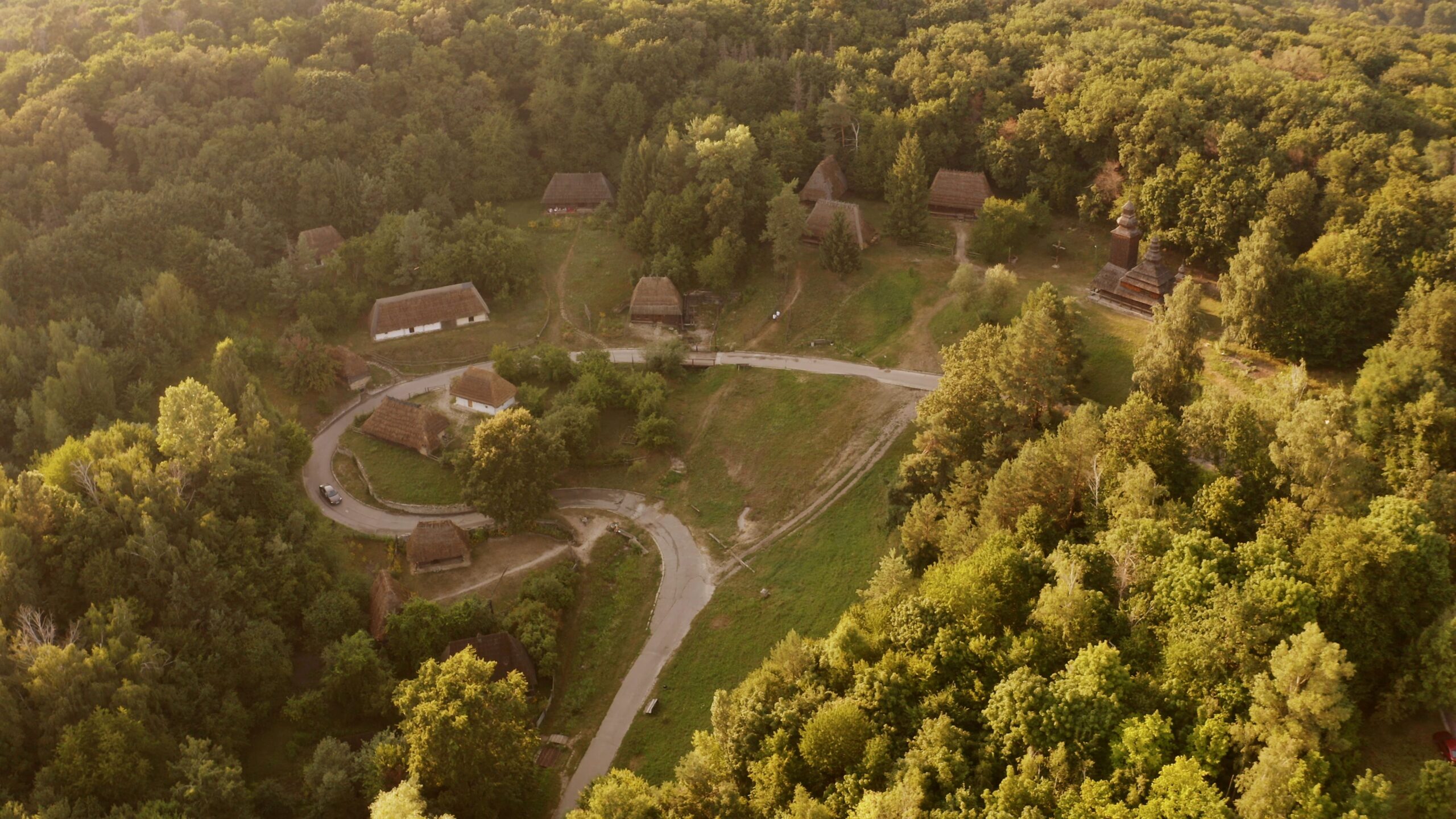The recorded Venedocia history begins with a broader context — the establishment of York Township in Van Wert County. That framing matters. Because before there were buildings, there were borders. And before those, there were decisions: who comes, who stays, who dares to build something in a space that wasn’t quite settled, yet already named. In this way, the history of Venedocia is inseparable from York Township Ohio.
Officially organized in 1839, York Township was a product of the midwestern expansion wave. Its grid-patterned roads and 36 square miles of farmland did not immediately suggest anything Welsh. But settlers brought culture with them. And with time — sometimes slow, sometimes seasonal — that culture began to shape the land as much as the land shaped them.
By 1910, the heart of the area resembled a four-corner junction — modest wooden homes, a church spire in view, and barns just far enough apart to suggest independence. One building might show a painted sign for dry goods. Another, just a porch with worn steps. Everything spaced to breathe, or perhaps to listen — to cattle, to hymnals, to silence.
Early Settlement and Township Organization
The early settlers of York Township were not drawn by spectacle but by soil. Much of the land was prairie or semi-cleared woodland — workable, if not always forgiving. By the 1840s, small family farms had formed the backbone of the area’s economy and social layout.
Initial governance came slowly. Town meetings, road maintenance agreements, schoolhouse planning — all followed the needs of families rather than the speed of policy. The township framework allowed Venedocia to emerge organically rather than by decree. This shaped a certain autonomy that persists.
Records show that the township initially lacked formal infrastructure. Churches were first built in log form. Schools often occupied shared spaces. And yet, despite these improvised beginnings, order formed. Or perhaps order followed necessity, not ambition. Settlers adapted, and the township settled into itself.
Welsh Heritage and Cultural Identity
The Welsh thread in Venedocia’s story isn’t just present — it lingers. Not loudly, not always visibly. But if you listen — in the pauses between Sunday routines or in the way names echo on church rosters — it’s there. Embedded.
By the late 1850s, enough Welsh families had settled in York Township to shape a kind of cultural island. Not isolated, but distinct. They kept their language. Services were bilingual. Choirs practiced with the same regularity as planting.
Salem Presbyterian Church became more than a building. It grounded people. Services in Welsh and English weren’t a novelty — they were how things were done. You grew up hearing hymns in two tongues, switching between them without thinking.
Today, the signs are subtler. A hymn tune at a reunion. A name etched in stone with unfamiliar spelling. The pattern hasn’t vanished — it’s just quieter now.
And sometimes, if the windows are open on a summer night, the music carries farther than expected — though not everyone notices. Or remember.
Agricultural Foundations and Rural Growth
York Township’s growth paralleled the rhythm of agriculture. Planting in April. Cutting hay by midsummer. The threshing crews rotate farm to farm by late August. Every calendar was, in essence, a crop map.
Railroads never cut directly through Venedocia, and perhaps that limited its expansion. Or preserved its shape. Without a depot to inflate expectations, the community remained agricultural in scale and pace.
The 1910s brought modest shifts — a few new barns, improved grain storage, perhaps a porch swing facing west instead of east. Yet, life stayed tied to soil cycles. Market days in nearby towns, school in single-room buildings, church gatherings structured around harvest.
Even today, remnants of that rhythm persist. Cornrows rise with the same timing. Fields are still brown before snow. The pace of rural Ohio towns may vary, but they rarely accelerate.
Changes Across the 20th Century
The 20th century introduced change — not abruptly, but in ripples. Rural electrification reached York Township in the 1930s. Tractors replaced horses. Roads were paved.
World wars brought temporary absences and permanent shifts. Some young men left and didn’t return. Others came back, changed. The Welsh language, once spoken freely, became more ceremonial.
Still, Venedocia endured. Its scale meant it could adapt without discarding. School consolidations occurred, but not without resistance. Church pews thinned, but services continued. What changed in numbers found resilience in continuity.
By century’s end, the township resembled its origins more than one might expect. Homes modernized, yes — but often on the same foundations. Land passed down. Road names remained. Even the festival sausage recipe — adjusted only slightly — reminded people of who had stirred the pot before them.
In this way, historic Venedocia stands as a rural pattern — quiet but rooted. The township’s evolution does not shout. It records, responds, and remembers.